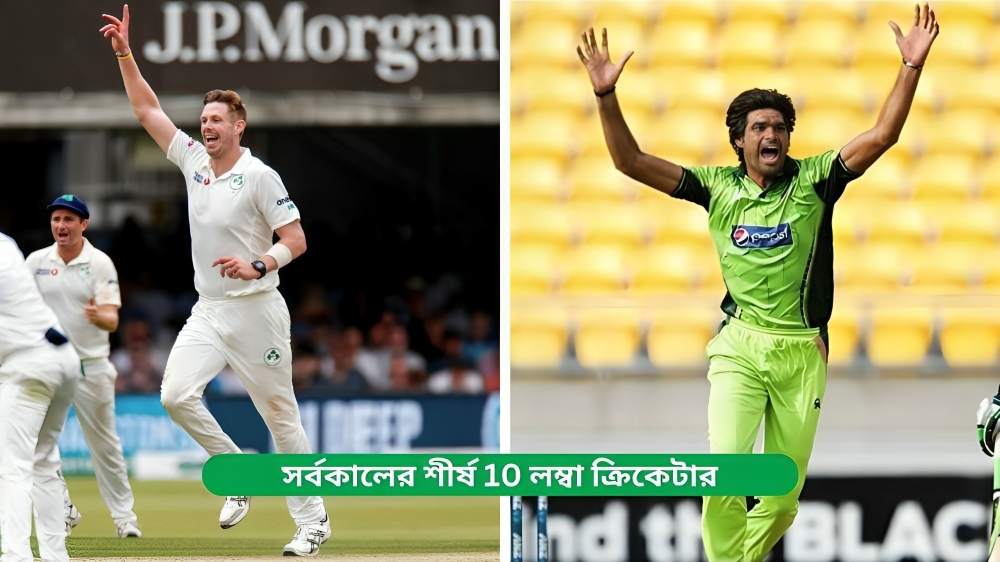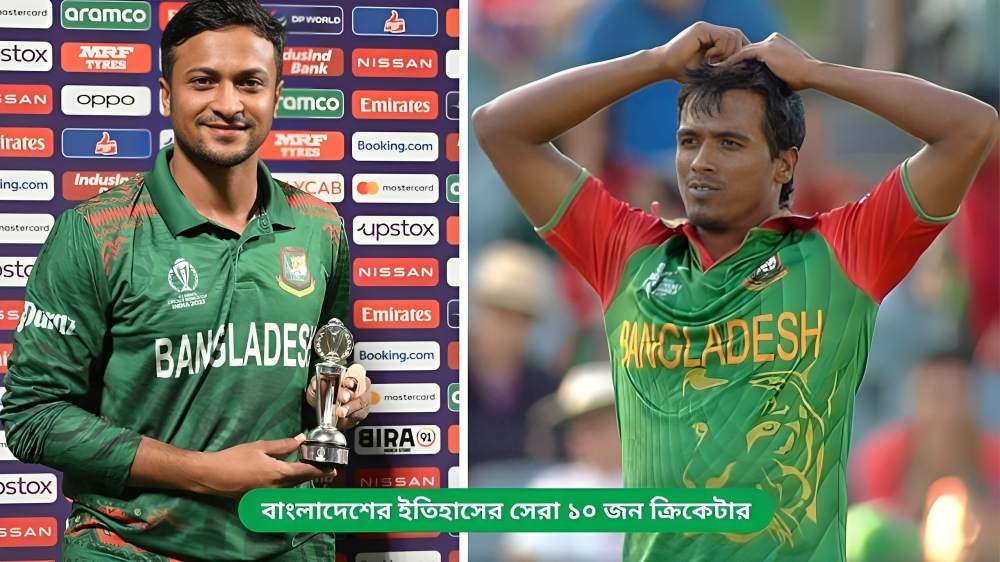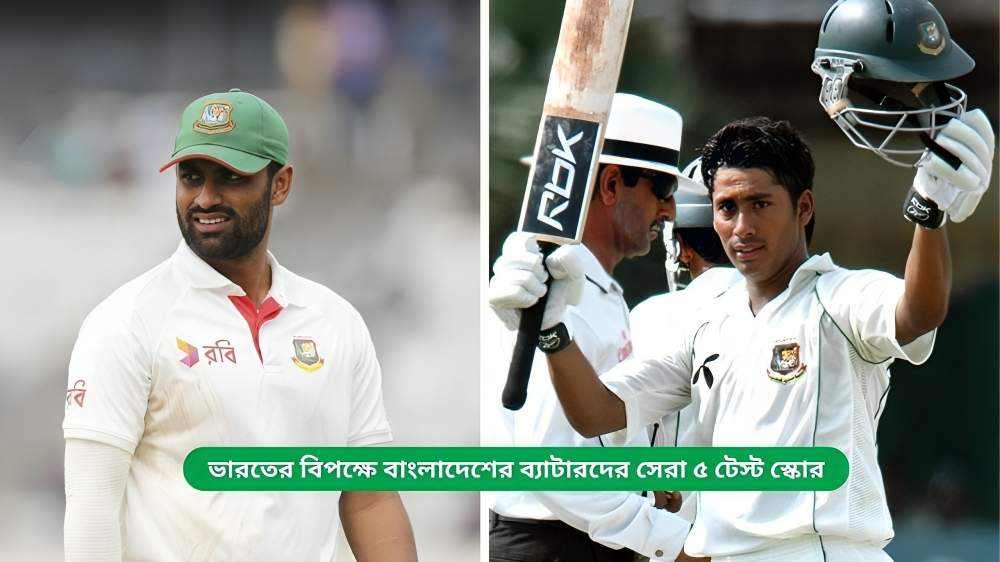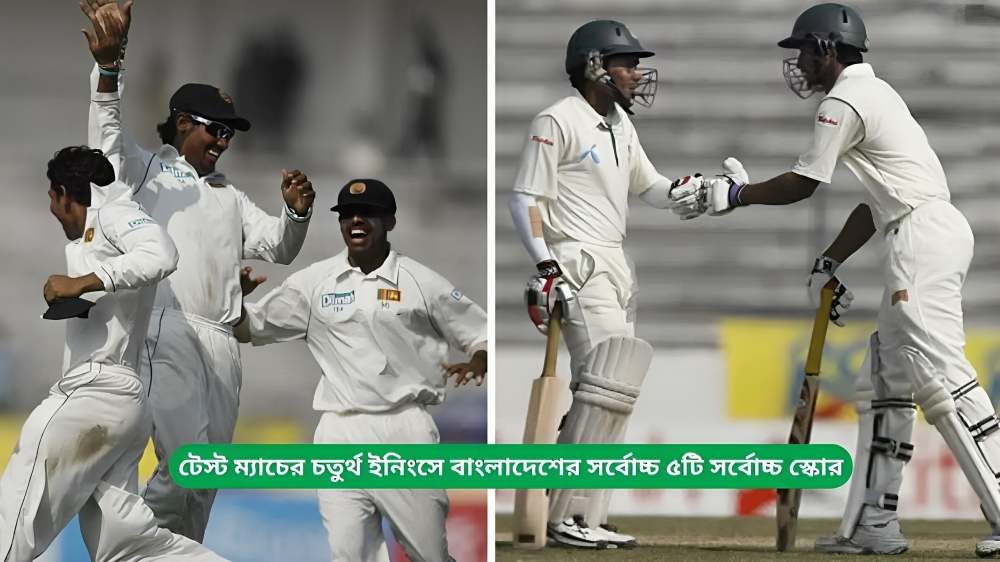Worst-Behaved: Cricket, often referred to as a “gentleman’s game,” has a long history filled with moments of glory, competition, and camaraderie. However, the behavior of some fans at cricket matches has often been a topic of concern, especially when it crosses the line of decency and respect. Although most cricket fans are passionate and supportive, a minority engage in actions that detract from the spirit of the game. The question of which country has the “worst-behaved” cricket fans is a complex one, shaped by cultural, social, and historical contexts.
The Problem of Poor Fan Behavior in Cricket
Poor fan behavior manifests in various forms, from excessive aggression and abuse directed at players or officials to crowd violence and racial slurs. These actions not only disrupt the game but also tarnish the image of the sport and the hosting country. In extreme cases, it can lead to stadiums being emptied, matches being abandoned, or even lifetime bans for individuals.
To analyze which countries might have the “worst-behaved” cricket fans, we must consider several key aspects:
- Instances of Crowd Violence
- Racial and Religious Abuse
- Violations of Sportsmanship and Fair Play
- Historical Context of Fan Behavior
- Efforts to Combat Poor Fan Behavior
1. Instances of Crowd Violence
Crowd violence in cricket is not an uncommon occurrence, especially during high-stakes matches such as India vs. Pakistan or Ashes series between England and Australia. Fans of these rival teams can sometimes become overly passionate, crossing the line into violent behavior.
| Country | Famous Incidents of Crowd Violence | Frequency of Violent Incidents | Actions Taken by Authorities |
|---|---|---|---|
| India | 2007: India vs. Australia, violence in the stands over umpire’s decision | High | Bans on certain individuals, enhanced security |
| Pakistan | 1992: Pakistan vs. Sri Lanka, spectators clashed with security after an early exit from the tournament | Moderate | Increased surveillance, temporary suspensions |
| Australia | 2005: Ashes series, Australian fans threw objects at English players | Moderate | Better crowd control, fines for offenders |
| South Africa | 2011: South Africa vs. India, altercation between fans over umpiring errors | Moderate | Stricter penalties for misbehavior |
| England | 2017: English fans clashed with visiting South African fans after a controversial dismissal | Low | Heavy policing, ejection of disruptive fans |
In countries like India and Pakistan, the frequency of crowd violence is higher due to the intense rivalry and emotional investment in the game. Fans tend to take matches personally, leading to outbursts that can escalate quickly.
2. Racial and Religious Abuse
Racial abuse, particularly directed at players of color, has been a persistent issue in cricket. Fans may target players based on their race or religion, hurling insults and offensive chants during matches. In some cases, such incidents have led to international outcry and disciplinary action.
| Country | Racial/Religious Abuse Incidents | Frequency of Abuse | Disciplinary Actions |
|---|---|---|---|
| Australia | 2018: David Warner and Quinton de Kock exchange verbal abuse involving personal comments | Occasional | Lifetime bans for offenders, fines |
| England | 2013: English fans taunted Indian players with racial slurs | Occasional | Stadium bans for perpetrators, public apologies |
| South Africa | 2008: Indian fans targeted South African players with racist chants | Moderate | Racial sensitivity training, increased monitoring |
| West Indies | 2007: Fans abused English players on racial grounds during the World Cup | Low | Public condemnations, strong anti-racism campaigns |
| India | 2009: Sri Lankan cricketers were subjected to ethnic abuse during a tour of India | Occasional | Zero tolerance policies, investigations into incidents |
Australia has been particularly notorious for racial abuse, especially in the 2000s, though significant strides have been made to curb this behavior through strict penalties and education campaigns. On the other hand, India, despite being a cricket-crazy nation, has also faced its challenges with regard to religious and ethnic tensions.
3. Violations of Sportsmanship and Fair Play
One of the most frustrating aspects of poor fan behavior is when supporters engage in actions that undermine the spirit of the game. This can include booing players, mocking their performance, or trying to influence the umpire’s decisions. Sometimes, the behavior of the crowd can even disrupt the play of the match, as seen with objects being thrown onto the field or taunting players from the stands.
| Country | Examples of Fan Misbehavior (Sportsmanship Violations) | Frequency of Misbehavior | Efforts to Improve Fan Etiquette |
|---|---|---|---|
| India | 2017: Indian fans booed Australian players during a contentious series | High | Campaigns against unruly behavior, stricter stadium policies |
| Pakistan | 2007: Pakistani fans jeered at players for poor performance against India | Moderate | Implementing behavior codes for fans in stadiums |
| Australia | 2019: Fans mocked the injured Steve Smith during a match vs. England | Occasional | Fans removed for abusive behavior, cultural sensitivity training |
| South Africa | 2011: Booing and taunting of Indian players in Cape Town | High | Fans fined, ongoing awareness campaigns on respectful behavior |
| England | 2015: English fans jeered at Australian team following a controversial decision | Moderate | Enhanced monitoring and crowd control measures |
The issue of booing and jeering is particularly common in places like India, where national pride is strongly tied to cricket performance. Similarly, Australian fans are notorious for their rowdy behavior, particularly during Ashes series, which can sometimes border on unsportsmanlike conduct.
4. Historical Context of Fan Behavior
Historically, certain cricketing nations have faced challenges with fan behavior due to the socio-political climate in their countries. For instance, the intense rivalry between India and Pakistan has often led to emotionally charged matches, which sometimes result in violent outbreaks. Similarly, the history of racism in Australia has led to an ongoing battle with fan behavior.
5. Efforts to Combat Poor Fan Behavior
Cricket boards across the world have taken various measures to curb bad behavior. This includes implementing fan behavior codes, setting up dedicated hotlines for reporting abuse, and hiring additional security personnel. Education and awareness campaigns, particularly against racism and violence, have become an integral part of these efforts.
| Country | Efforts to Combat Fan Misbehavior | Measures Implemented | Current Effectiveness |
|---|---|---|---|
| India | Anti-racism campaigns, behavior codes for stadiums | Stadium bans, fines for offenders | Improving, but occasional issues remain |
| Australia | Cultural sensitivity training, fan behavior monitoring | Increased policing, education programs | Effective, though issues persist occasionally |
| England | Focus on respect and fair play | Awareness campaigns, zero-tolerance policies | Mostly effective with some isolated incidents |
| South Africa | Anti-racism and anti-abuse programs | Bans for offenders, fan etiquette workshops | Improving, with stronger enforcement |
| Pakistan | Stricter stadium regulations and fan behavior education | Stronger surveillance, immediate removal of offenders | Mixed, but generally better controlled |
Conclusion
There is no definitive answer to which country has the “worst-behaved” cricket fans, as the behavior of fans is influenced by numerous factors, including the intensity of national rivalries, socio-political issues, and the level of education and regulation in place. However, countries like Australia, India, and Pakistan have historically had more visible instances of poor fan behavior due to their passionate fanbases and high-stakes matches.
That being said, cricketing boards are increasingly taking steps to combat poor fan behavior, and the situation continues to improve across the globe. Ultimately, the hope is that the spirit of the game will triumph over the negative behavior of a few, allowing fans to enjoy cricket in its true essence—respectful, competitive, and, most importantly, fun.













